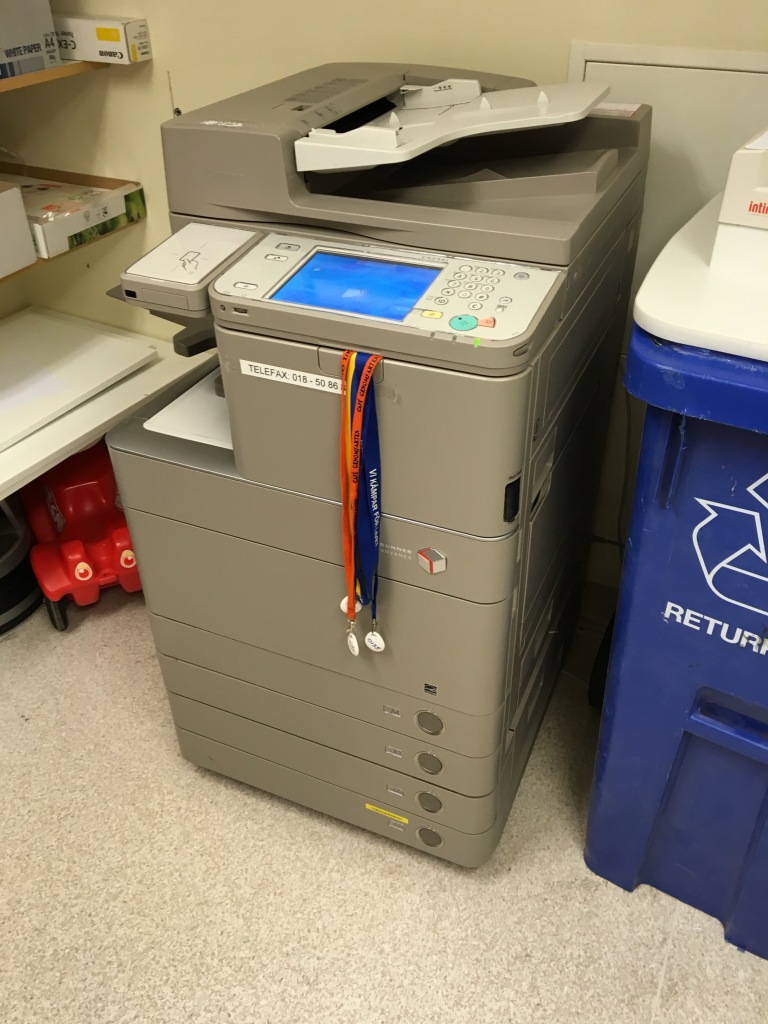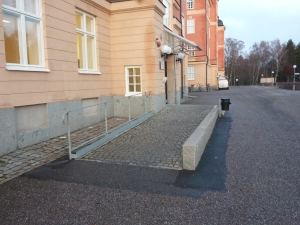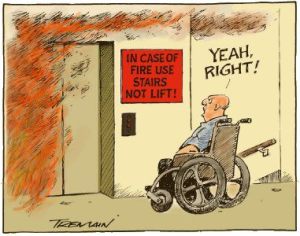In the 1968 the first online ATM was opened in Malmö. This was the start of something that would come to be a revolution, when money is concerned. However, it was not immediately accepted by the public, and the idea of getting cash from a machine was difficult to accept. ”I’d rather talk to a person, than using a machine to get my money.” was a commonly voiced opinion. However, the freedom that the machines provided was a very strong factor when it came to accepting the new modernity.
Among the problems people had initially, was of course the use of a PIN-code. Forgetting the PIN-code was a common problem, and luckily, the banks could still help you out manually when there was any problem. And, if you were still a bit reluctant, you could still get your money from a person behind the cashier. But people get used to new things quite quickly, and today the use of a machine for getting money is the default.
However, the introduction of the machine was of course not without problems. Apart from purely technical breakdowns, or disturbances on the connections (this was in the very early days of connectivity, the Internet was not even conceived of at that time) there was one recurring problem, however, that was labeled ”human factors”. It turned out that people tended to forget their cards in the machine. You might wonder how that could be, since you have to take your card before you get your money, and getting money was the whole reason for going there in the first place.
Well, the explanation is simple, it was simply not designed in that way in the beginning. When it was introduced, you would:
- enter your card, and
- then the PIN,
- then request some money,
- then you would get the money and,
- finally you would get the card back (and the receipt, of course).
If you can see any problems with that sequence, you are already on the track. This was of course really a human factor, but a human factor that the system designers had forgotten! The reason that people did forget their cards was very simple. Getting money from the machine consists of two separate task, namely 1) to identify yourself and your account, and 2) get the money. The most important of these is of course the latter, to get the cash in your hand, since you have to buy something in a shop. No problem so far!
But, and this is a very big ”but”, the identification was wrapped around the primary task, in that it did not end until you had received your card back. But to the user, that task was not interesting in itself, and of course you had already identified yourself by entering the PIN code. Getting the card back, became a ”shadow task”, a task which was more or less hidden from the user’s mind. It was a human factor, but a human factor that we need to take into account in our designs.
Needless to say, after some iterations, the procedure was changed to the one we recognize today, where we have to take the card, before the main taks is finished (by getting the money). The designers had apparently learned their lesson.
Now, 50+ years later, I was seriously taken aback when I was about to park my car at the university parking space, after they had changed the old machines for the parking tickets, to new modern (and faster) ones. The new machine required me to leave the card in the slot during the whole transaction, and it even grabbed it, so that I could not pull it out. When was the transaction finished? You guessed it, when I had the parking ticket in my hand. Only then was my card released. Can you see the problem here now? Of course! If you are late to an appointment, the main task is to get the parking ticket into the car, so that you don’t get a parking fine (which was not unheard of, to say the least).
When I asked around a little, it turned out that there was a big increase in the number of cards, that had been forgotten in the slot (yes, I did it too!). Byt WHY did they repeat this unfortunate design? We already know from experience and research that this would happen. We even changed the pattern for this in the ATM machines, long time ago.
Well, I can see one reason that this happens. We have a short memory for design solutions. We don’t remember why we did the design as we did it, and even worse, we don’t remember the bad design choices that were made and discarded already. In a more and more complex world, we will repeat similar technical solutions over and over again. And we will most likely also continue to blame it on “Human Factors”.
And MAYBE, just MAYBE, it wouldn’t hurt that much to study old solutions and see why they were designed one way and not the other.





